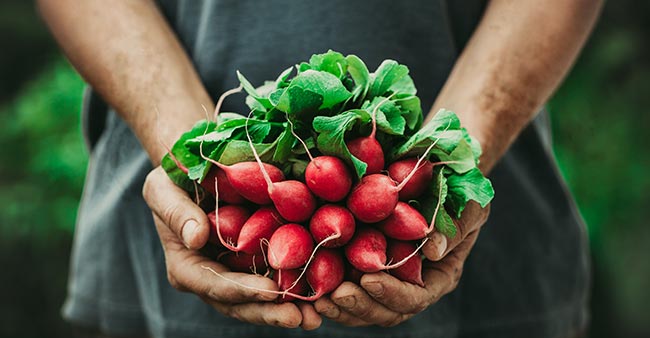
Jun 12, 2020
Blog Energy & Sustainability Organic Food: Market Trends You Need To Know
The popularity of the organic food and beverage market is already high and will continue to grow over the next few years, a trend that will occur across the globe.
With a growing concern on the environmental impact that conventional farming creates, the high use of pesticides and fertilizers that are contaminating both crop soil and water resources, along with potential health hazards such as toxicity from chemicals, it’s obvious that organic foods are here to stay.
Impact of COVID19 on Organic Food Market
When it comes to the global organic food and beverage market, the impact of Covid-19 is complex, in both a positive and potentially negative way. According to the Director of Economics for Mercaris, Ryan Koory, “the global spread of Covid-19 has generated a multitude of risks for organic commodity markets. With the potential to impact trade, labor, consumer demand, and the greater global economy, its ripple effects will likely be widespread and long-lasting. Taking stock of these risks is crucial as we look to understand the market in the year to come and navigate this unprecedented event.”
However, the pandemic is creating a lot of introspection for general public, bringing health to the forefront of a everyone’s minds. Because of this, organic foods have become more appealing and a bigger priority, prompting growth in the market. This is partially due to the fact that eating at home has skyrocketed since the beginning of global stay-at-home orders. As such, there are more demands for groceries. That coupled with the rising awareness of nutrition and health has placed a steeper demand on organic foods—a trend that doesn’t seem to be slowing down.
Alternatively, the impact that the pandemic will have on the economy, with potential job losses and a long-term recession could mean there will be less money to spend, and organic foods may not be the most economical choice for consumers. So, the development of the market might hinge on consumer priorities: eating an organic diet versus the economic practicality of doing so.
What’s evident is that the pandemic has spurred the growth of interest in food, from how it’s being produced to how it impacts the body. While the short-term demand on the market is in question, we are undoubtedly seeing a concrete shift in the way that consumers look at their food.
Organic Food Market Trends and Projections
For additional intel into the global market for organic foods, download a free overview of our report, Organic Foods and Beverages: Global Markets.
Clara Mouawad is the content writer at BCC Research. She contributes to our blog, social media, email marketing and more.

Electrical switches—devices that control the flow of electricity—are the backbon...

As the world accelerates toward net-zero emissions, hydrogen, and ammonia have e...

Hydrogen technology is widely used across industries like glass, fertilizer, met...

We are your trusted research partner, providing actionable insights and custom consulting across life sciences, advanced materials, and technology. Allow BCC Research to nurture your smartest business decisions today, tomorrow, and beyond.
Contact UsBCC Research provides objective, unbiased measurement and assessment of market opportunities with detailed market research reports. Our experienced industry analysts assess growth opportunities, market sizing, technologies, applications, supply chains and companies with the singular goal of helping you make informed business decisions, free of noise and hype.